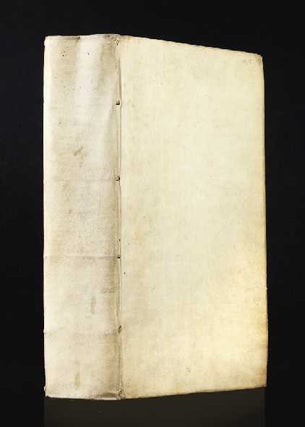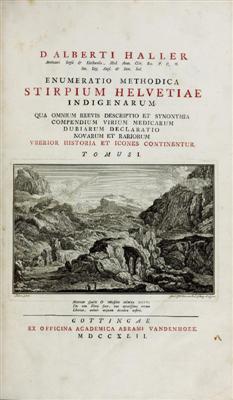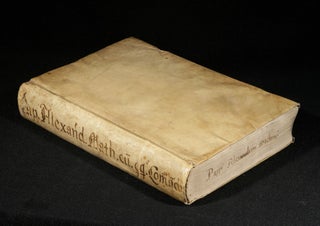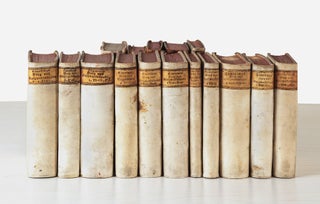![Item ID: 6655 [The Tale of Hogen, the Tale of Heiji]. HOGEN HEIJI MONOGATARI 保元平治物語.](https://jonathanahill.cdn.bibliopolis.com/pictures/6655.jpg?width=768&height=1000&fit=bounds&auto=webp&v=1559333511)
Movable Type Editions of Two Tales of War
[The Tale of Hogen, the Tale of Heiji].
Ten vertical lines per page, 19 characters per line. 44; 60; 53 folding leaves & 57; 62; 64 folding leaves. Three vols. of Hogen Monogatari & three vols. of Heiji Monogatari, issued together. Large 8vo (283 x 208), orig. dark wrappers dyed with persimmon juice (shibubiki), new stitching. [Japan: privately printed with movable type, mid-Keicho, ca. 1607-08].
There are several movable type editions of these famous war tales; ours is of the earliest printing but is an apparently unknown variant. Kawase states that there are two variants of the mid-Keicho “ten line” edition of these two tales. The first listed — but with no priority — has 18 characters per line and is printed in a total of five volumes (two of The Tale of Hogen and three of The Tale of Heiji). The second variant described has 19 characters per line and, again, is printed in five volumes.
However, in our set, which is printed with 19 characters per line, The Tale of Hogen appears in three volumes. Kawase reproduces the first pages of the first volumes of the second variant of The Tale of Hogen and The Tale of Heiji, and the pages are absolutely identical to ours. Early manuscripts of these two tales traditionally appear in six volumes (see the Hyde sale of 1988, lot 24).
The mid-Keicho printings are of the very greatest rarity and are handsome and early examples of Japanese movable type printing. They are printed in a large format in kanamajiri (“kanji and hiragana mixed”). Later printings have eleven or twelve vertical lines of text per page.
The Tale of Hogen and The Tale of Heiji are a pair of war tales (gunki monogatari) composed during the 13th century, which together tell the story of the succession struggles of the mid-12th century that resulted in the eclipse of Fujiwara power and the rise to supremacy of the former provincial warrior clan, the Taira (or Heiki) family. The tales resemble one another so much in subject, style, and ordering that they are sometimes thought to be written by the same person, but authorship is unknown. The titles derive from the Hogen disturbance of 1156 and the Heiji rebellion of 1160. These were the first such disputes to be settled by force in the capital, using members of the rising warrior class.
As mentioned above, the wrappers have been dyed with persimmon juice, which serves a dual purpose: to strengthen the paper and as an insect repellent. Inside the front covers of each volume, a manuscript title label has been pasted.
In fine and fresh condition, preserved in chitsu. The first volume of The Tale of Hogen has some worming very expertly repaired. The remaining volumes of both works also have some minor worming, which is mostly marginal.
❧ Kazuma Kawase, Kokatsuji-ban no kenkyu [Study of the Early Typographic Editions of Japan] (1967), Vol. I, pp. 539-40 & Vol. III, p. 138, nos. 414 & 416 for the reproductions of the first pages.
Price: $75,000.00
Item ID: 6655




